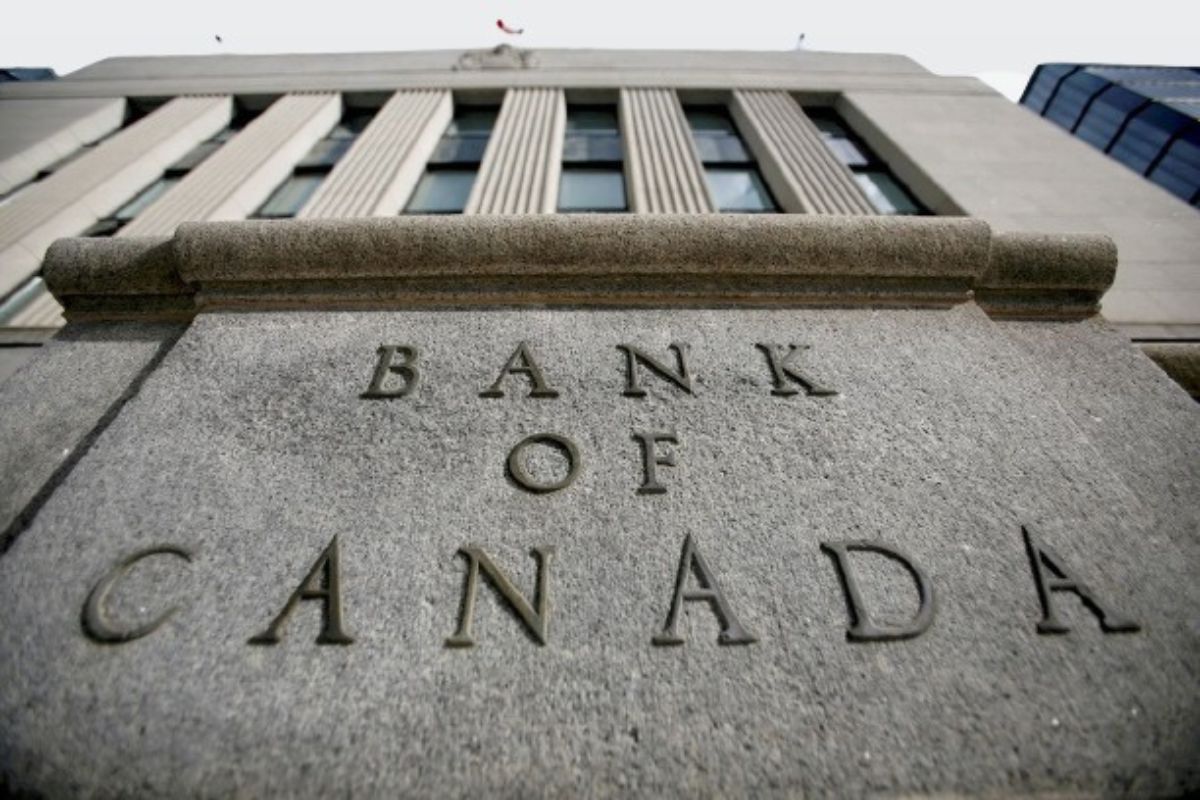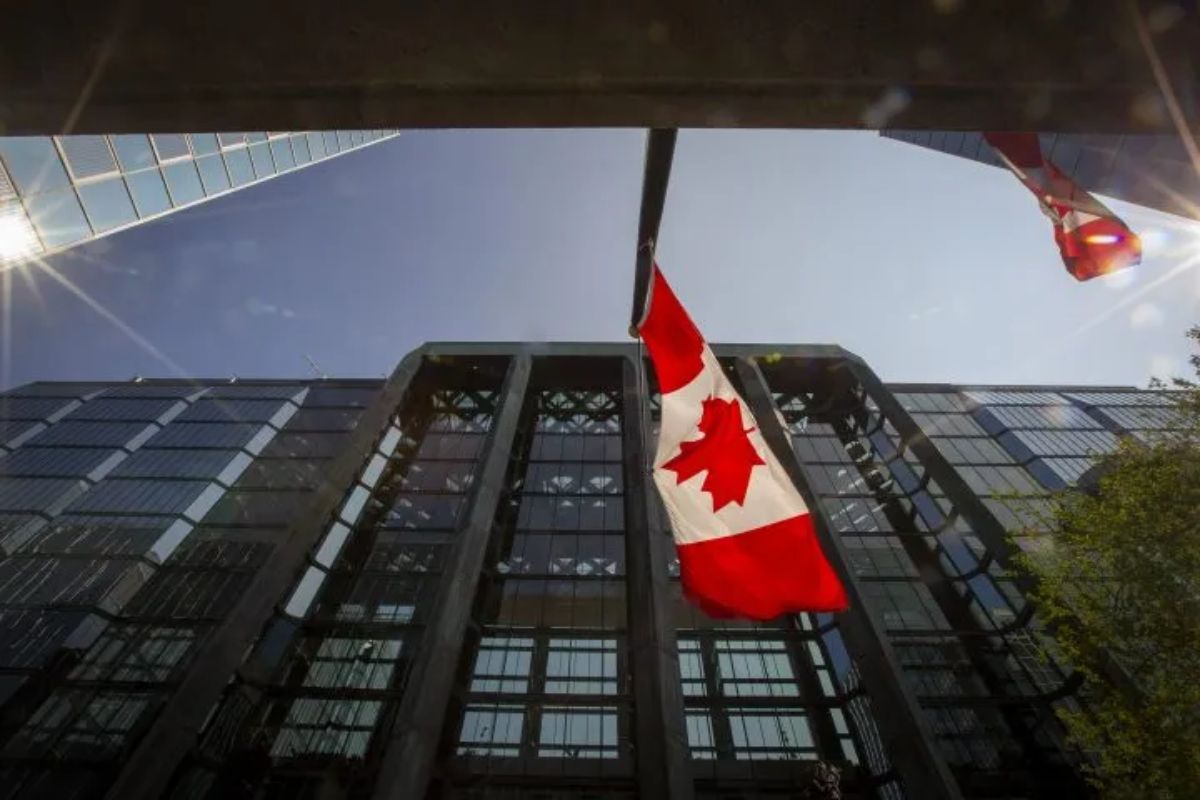Bank of Canada: In the ever-evolving world of monetary policy, all eyes are now fixed on the Bank of Canada as it contemplates its next move on interest rates. With anticipation building, the question on everyone’s mind is whether the central bank will maintain the status quo or veer off into uncharted territory.
While some may argue for bold and decisive actions, a more cautious approach seems to be the likely path the Bank of Canada will choose. As we delve into the factors influencing this decision, we will explore the current stance, the delicate balance of inflation dynamics, and the analysts’ perspectives on potential rate cuts in the future.
Furthermore, we will dissect the lackluster economic landscape and the concerns voiced by firms. Amidst uncertain times, the Bank of Canada finds itself at a crossroads, navigating a strategic shift that will shape the course of the nation’s economy.
Stay tuned for a closer look at the factors at play and the implications they hold for Canada’s financial landscape.
Key Takeaways
- Bank of Canada’s current stance reflects confidence in the resilience of the Canadian economy.
- Maintaining steady overnight rates provides stability for businesses and households.
- The central bank is navigating inflation dynamics and striking the right balance for economic growth and inflation control.
- Analysts anticipate potential rate cuts in 2024, but the central bank remains patient and cautious in its approach.
BoC’s Current Stance: Maintaining Steady Overnight Rates
The Bank of Canada (BoC) has stood firm in maintaining steady overnight rates, despite prevailing economic uncertainties. In the face of global trade tensions, slowing global growth, and domestic challenges, the central bank has remained steadfast in its commitment to stability.
Also Read: Bank of Canada Holds Rates, Heightening Expectations for Future Cuts
While some critics argue for rate cuts to stimulate the economy, the BoC’s decision to hold rates steady reflects its confidence in the resilience of the Canadian economy. By keeping borrowing costs unchanged, the central bank is sending a clear message that it believes the current level of interest rates is appropriate for the current economic climate.
This stance not only provides a sense of stability for businesses and households but also demonstrates the BoC’s commitment to its mandate of maintaining price stability and supporting sustainable economic growth.
Inflation Dynamics: Balancing Progress and Target Goals
Achieving a delicate balance between managing inflation and fostering economic growth is a key consideration for the Bank of Canada (BoC) in its endeavor to meet target goals.
While the latest data shows a decline in inflation from its peak in June 2022, the current rate of 3.4% still exceeds the 2% target. This raises concerns and emphasizes the need for ongoing efforts to curb inflation further.
The BoC’s decision to maintain the status quo on interest rates reflects their cautious approach in navigating these inflation dynamics. Striking the right balance is crucial to ensure that the economy continues to grow while keeping inflation in check.
The BoC’s commitment to achieving its target goals requires a careful assessment of the evolving inflation landscape and the implementation of appropriate measures to maintain stability and foster sustainable economic growth.
Anticipation of Rate Cuts in 2024: Analysts’ Perspectives
Amidst growing speculation and careful analysis, industry experts are closely monitoring the potential for rate cuts in 2024, providing valuable insights into the Bank of Canada’s future decisions. Analysts like Benjamin Reitzes from BMO Capital Markets are anticipating potential rate cuts in June, as market expectations shift based on economic data releases and the December inflation data influencing predictions.
While the Bank of Canada has signaled a possibility of rate cuts, it remains committed to patience and is awaiting further declines in inflation and expectations. The anticipation of rate cuts in 2024 reflects the cautious approach of the central bank, as it balances the need for economic stimulus with the goal of maintaining price stability. To highlight the differing perspectives on this matter, the following table summarizes the opinions of various analysts:
| Analyst | Anticipated Rate Cut Month | Factors Influencing Prediction |
|---|---|---|
| Benjamin Reitzes | June | Economic data releases and December inflation data |
| Other Analysts | Varies | Economic indicators and market conditions |
As the year progresses, it will be interesting to see how the Bank of Canada responds to changing economic conditions and whether rate cuts in 2024 become a reality.
Economic Landscape: Lackluster Growth and Firms’ Concerns
Following the anticipation of rate cuts in 2024, the economic landscape reveals lackluster growth and concerns among firms. The Canadian economy has been grappling with challenges, as evidenced by the contraction experienced in the third quarter of last year.
The Bank of Canada’s quarterly business survey paints a grim picture, with firms expressing worries about reduced orders and growing apprehensions about a potential recession within the next 12 months. This bleak outlook has cast a shadow of uncertainty over the future, leaving businesses feeling uneasy about their prospects for growth and stability.
Furthermore, the October projections from the Bank of Canada suggest a slow recovery, with a return to the 2% inflation target expected only by the end of 2025.
The projected annualized growth in the third and fourth quarters of the same year offers little solace, indicating a prolonged period of lackluster economic performance. As businesses grapple with these concerns, the road to recovery appears long and uncertain, leaving them in a state of unease and vulnerability.
In navigating uncertain times, the Bank of Canada is strategically shifting its policies and considering the best course of action to ensure stability and growth in the face of economic challenges.
With lackluster growth and firms expressing concerns, the central bank must carefully navigate the intricate balance between managing inflation and stimulating economic growth.
Royce Mendes, head of macro strategy, suggests a shift in the Bank’s language, advocating for a commitment to maintaining restrictive policies as long as necessary rather than explicit threats of higher interest rates. This strategic shift aims to provide reassurance to the market and maintain stability amidst the looming possibility of a recession.
As observers eagerly await the Bank’s next move, it is clear that the central bank’s policy considerations will play a critical role in navigating these uncertain times and determining the fate of the Canadian economy.
Conclusion Of Bank of Canada
The Bank of Canada appears likely to maintain its current stance on interest rates, opting for a wait-and-see approach in light of the country’s lackluster economic growth and concerns from businesses.
Analysts anticipate rate cuts in 2024, but the central bank will need to carefully balance progress and target goals regarding inflation dynamics.
As strategic shifts and policy considerations become crucial in navigating uncertain times, the Bank of Canada faces the challenge of making decisions that will positively impact the economic landscape.
Our Reader’s Queries
Q1 What is the Bank of Canada expected to do with interest rates?
A Economists closely tracking the central bank believe that it has concluded its tightening phase, with prevailing expectations pointing towards an anticipated commencement of rate reductions at some point in 2024.
Q2 Will interest rates go down in 2023 in Canada?
A In 2023, the BoC Policy Rate witnessed a surge of 75 basis points (1 basis point equals 0.01%). Forecasts from Canada’s Big 6 Banks suggest a potential initiation of interest rate declines by mid-2024, ranging from 25 to 50 basis points. The year-end projections anticipate a reduction between 100 and 175 basis points.
Q3 Will Bank of Canada lower rates in 2024?
A Having implemented 10 rate hikes since early 2022 to curb soaring inflation, the BoC’s recent communication indicates a potential conclusion to the hiking cycle. As the GDP experiences contraction and the unemployment rate edges upward, economists monitoring the central bank anticipate a possible rate reduction in 2024.




